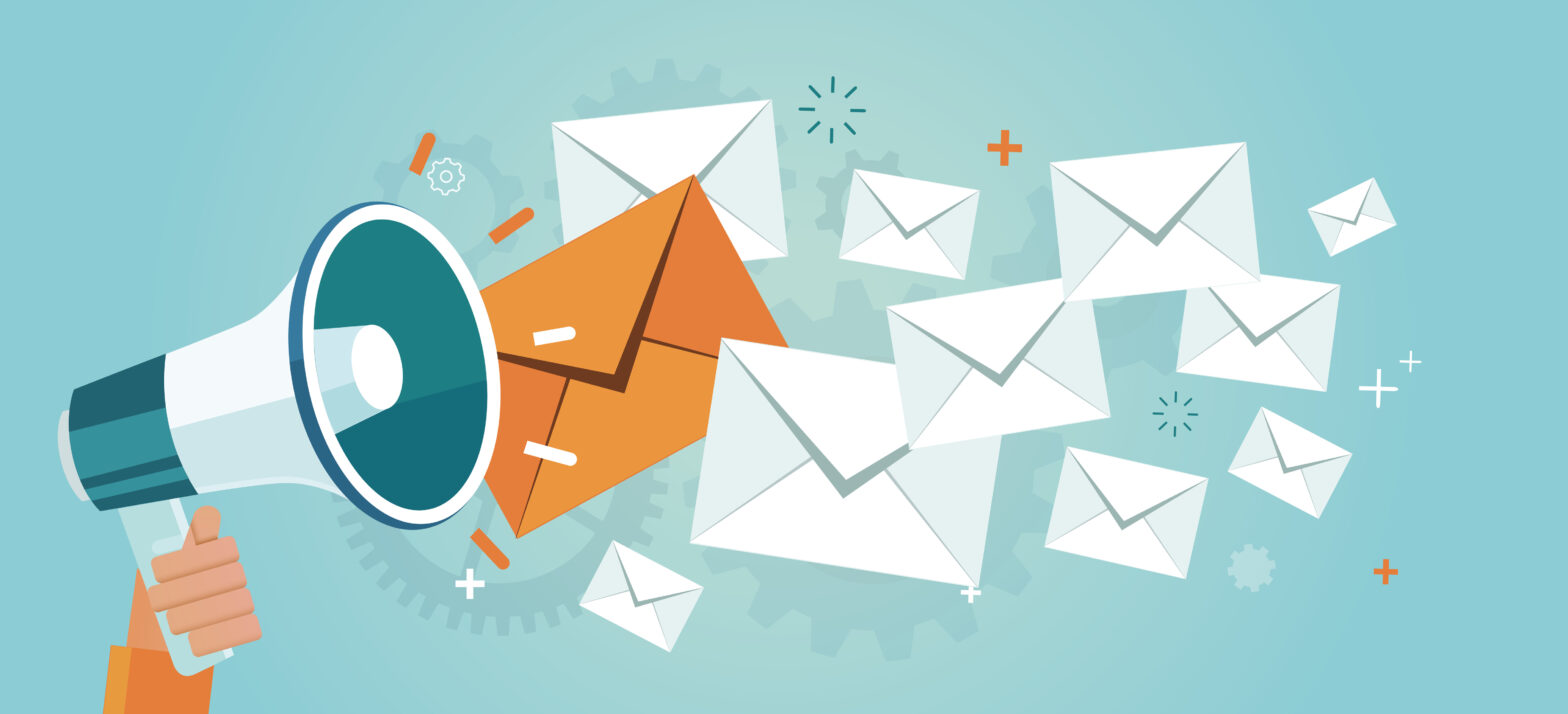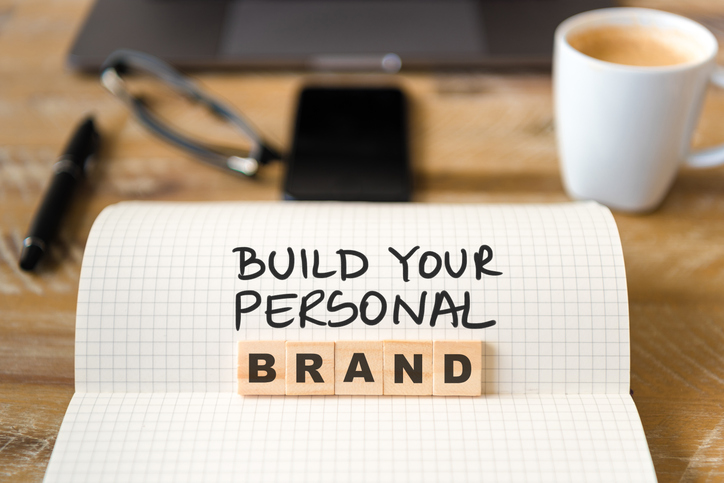A newsletter can be the most valuable tool in a content creator’s arsenal. Even though it is crucial to build an engaging mailing list and reach a broad audience. It is equally important to create content to retain your subscribers and interact with them regularly.
You want to make sure that your subscribers remain interested, actually read your content, and possibly purchase your products or services as advertised.
To ensure that this happens, when your customers sign up for your newsletter, make sure that they get new, valuable information with every newsletter that makes it worthy of their time.
Let’s see what goes into creating a newsletter that will keep your subscribers engaged.
>See also: Clubhouse app – what is it and how can I use it for small business marketing?
Create unforgettable newsletter subject lines
Your email subject line is crucial; it’s what catches your subscriber’s attention first and can make or break their decision to open the email. This is why you need to make the most of it. Think of it as a way of convincing subscribers with just one line. The shorter the subject line, the better. Also, personalised subject lines are 22 per cent more likely to be opened.
You can use questions to encourage them to engage with the content inside the email or ask them to fill a poll that makes users feel like their opinion is valued and needed. You can also provide incentives like an exclusive discount or a sneak peek of an upcoming product or tease new and exciting information that’s relevant to your audience.
For example:
- Click for a Sneak Peek of our New Product Line. Which Colour Would You Like to See It In?
- Hey [Insert 1st name] Forget Something? Here’s 20% off
- You Won’t Believe [Who/What] Was Voted #1 In Our Readers Poll
- A 1-Minute Survey to Tell us How You’d Change Our Business
Consistency is important
Consistency is vital when it comes to content creation, especially retaining your mailing list. Remember, newsletters have gained a bad reputation for “spamming” inboxes, so you have to be careful not to send your newsletter too often. However, if you do not send it frequently and go missing for long periods, your audience will forget who you are, and it will appear disorganised and unprofessional.
It would help you find a middle ground to make your newsletter feel like a regular feature in your subscriber’s inboxes.
Before you decide, you need to consider:
- How frequently are you creating new content that you want to share?
- Is there any big news to report?
- Do you have a theme for every newsletter you send? If yes, does all your content fit according to the theme?
Another thing to consider is the time you send your newsletter. Again, this depends on the niche and audience your brand targets. For example, if your brand features more corporate or office-related information, you can schedule your newsletter emails for 1-2 pm, considered a “lunch break” for most offices. Scheduling emails like this will ensure that your target audience receives emails right when they have free time to open their mailbox and read.
>See also: How to grow your business with zero advertising budget
Generate engaging content for your newsletter
Your newsletter is all about the content you provide. It can tell more about your brand, what it values, reflects, and what more it has got to offer its audience. So, when creating content for your newsletter, think from the perspective of your consumers and what kind of content they would prefer. In other words, don’t focus on what you want to create, but more on what your customers would like to see. Utilising tools like a mind map is an easy way to help you brainstorm, organise, outline, and repurpose your content for newsletters to cater to what your audience is interested in reading.
Often, you will already have a clear objective in mind that you would want to convey. For example, a holiday newsletter or a newsletter to promote your upcoming product launch. A few ideas for creating value-added, focused content include:
- Feature testimonials and how customers feel about your brand. If your brand centers around decorative items or art, you can use testimonials and customer reviews to ask readers how they would have used the same item in their homes. This is an exciting way of engaging customers, using other customer’s reviews, and providing a marketing appeal to your brand’s products
- Talk about any upcoming events and those that have been arranged in the past. Make sure to include the date, time, and venue of the events. Ideally, you can also leave a link to the event’s page for more details
- Share some unique industrial insights. Perhaps you may have visited a recent fair and had some interesting insights to share. Of course, readers will always be eager to find out and learn more about stuff that doesn’t revolve around selling or promoting products. Sometimes, educational content can serve this purpose indirectly
Keep a consistent style for your newsletter
Almost every business now focuses on sending out newsletters, so it is essential to have a consistent style and branding to make it stand out in a sea of emails. However, avoid over-stuffing your newsletter and crowding it with multiple design elements.
Additionally, try to add value to every newsletter that you create. Be it in the form of design or content. Keep the number of sections in your newsletter to a maximum of five sections. Moreover, choose one overarching theme for the newsletter, ideally to provide coherence. This way, the reader knows what to expect from the newsletter.
Use a custom email address
To avoid sending your newsletter to spam or junk, consider sending your emails from a PHP platform instead of a Gmail or a Yahoo email address. A PHP platform can also allow you to personalise your email campaign, send bulk emails, and even customize the header of each email – something you cannot do with a Gmail or Yahoo email service.
Additionally, using a platform to send out your newsletter can also give a more professional outlook to your newsletter.
Wrapping up
Newsletters are a brilliant way of discussing and communicating unusual, engaging, captivating ideas and encouraging subscribers to start a conversation. Take up inspiration from your social media, recycle your testimonials and make your newsletter more informative and fun rather than salesy.
Jay T Ripton is a freelance business, technology and marketing writer who’s written for the Guardian, BusinessInsider and Entrepreneur.com. Follow him on Twitter @JTRipton





